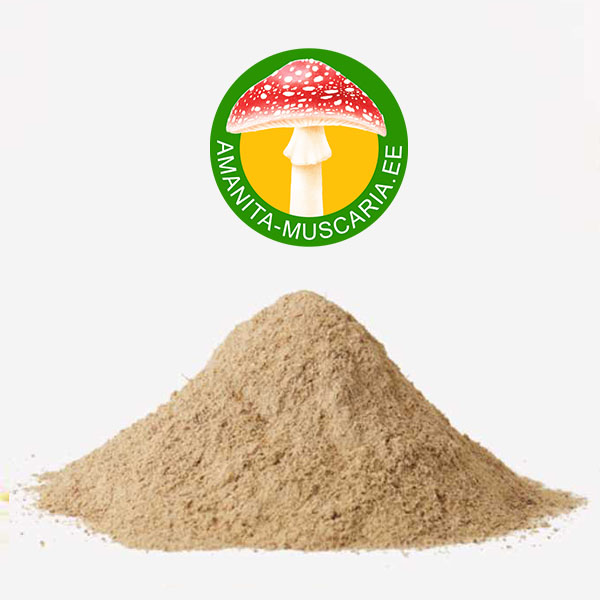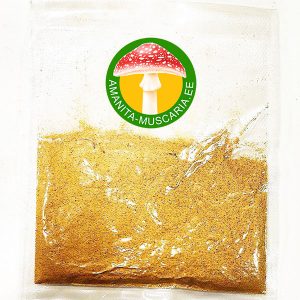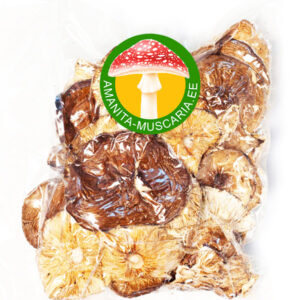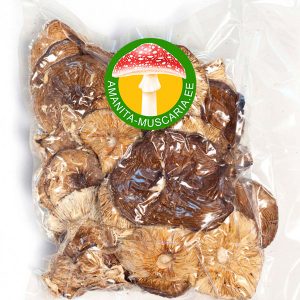Lion’s Mane: Use Has Universal Effectiveness.
For the first time in the history of traditional Chinese medicine, Lion’s Mane is known to support brain health, as well as a preventative and therapeutic agent for some neurological diseases. This has all changed thanks to recent scientific research that has expanded our understanding of the capabilities of this mushroom.
Additional information
| CHARACTERISTIC | DESCRIPTION |
|---|---|
| Family | Hericium erinaceus |
| Prevalence | Asia, North America |
| Collection season | Summer-Fall |
| Color | White or yellowish |
Bioactive components:
- Alkaloids
- Saponins
- Sterols
Statistical data:
- Increase in kinase activity by 40%
- Stimulates neuronal regeneration by 30%
According to the results of modern scientific research, Lion’s mane not only supports neurons, but also has a number of other useful properties. It contains biologically active substances that interact at the cellular level.
History and cultural significance
Lion’s mane has a long history of use in traditional healing systems, especially in Chinese medicine. It is a symbol of longevity and health in many cultures.
Therapeutic properties and their use:
- Anti-inflammatory
- Antioxidant
- Immunomodulatory
The active components of Lion’s mane help increase kinase activity, thereby stimulating the restoration of damaged neurons, neuronal synthesis, as well as synaptic activity and transmission of nerve impulses.
This makes the mushroom very effective in the prevention of cognitive impairments such as concentration, memory, perception and analysis of information. You can read more about this on Wikipedia.
In general, Lion’s mane is not just a “brain mushroom”, it is a universal remedy that improves the speed of information processing and decision-making ability, which deserves more scientific attention and widespread use in medicine.



